Artist recreates memories of buildings
Kumho Art Museum holds first solo exhibition by Chang Hwa-jin in nine years
By Lee Woo-youngPublished : April 7, 2013 - 19:13
Artist Chang Hwa-jin finds inspiration in modern buildings and the memories they hold.
Watching the Japanese General Government Building being demolished in 1996, he began to pay attention to the historical modern buildings that were once center of key events in Korea’s tumultuous modern history.
What remained in the memories of people came alive through Chang’s recreations of modern historical buildings in installations and paintings at his first solo exhibition held in nine years at Kumho Art Museum in Seoul.
Watching the Japanese General Government Building being demolished in 1996, he began to pay attention to the historical modern buildings that were once center of key events in Korea’s tumultuous modern history.
What remained in the memories of people came alive through Chang’s recreations of modern historical buildings in installations and paintings at his first solo exhibition held in nine years at Kumho Art Museum in Seoul.
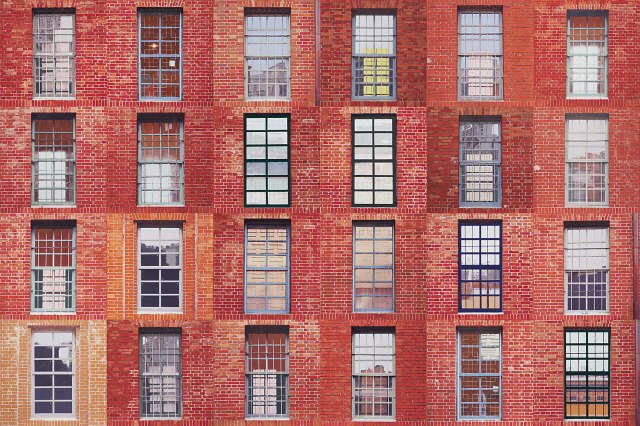
Buildings that became motifs of his artwork include Gwanghwamun, which has undergone multiple reconstructions after the Korean War. Its latest reconstruction was part of the Gyeongbokgung Palace restoration project that was driven after the demolition of the Japanese General Government Building.
The old Gwanghwamun emerges from thin layers of shredded film sheets on which the old main gate of Gyeongbokgung Palace is printed in black.
Sungnyemun, the south gate of the Seoul City Wall, is another inspiration.
Through layers of silkscreen images on Plexiglass, Chang brings back the old image of Sungnyemun while keeping it in a cage-like steel structure, as if to remind us that we are not be able to see the old Sungnyemun again, which was burned down by an arsonist in 2008.
“The reason I started to pay attention to buildings started from my intrigue in the ‘frames’ of windows and pictures in 2000. To me, frames shape a new meaning, but also destruct the existing idea,” said Chang at the press guided tour at Kumho Art Museum on Wednesday.

His frame series started in 2000, which shifted his attention from the center of the canvas to its borderline and then to a broader concept ― architecture.
The other buildings that fascinate him are Seodaemun Prison that once held Korean activists against Japanese rule and the Anglican Church in Ganghwa Island, the first Anglican Church in Korea and a rare architecture style in hanok.
Chang focuses on windows and draws each window on canvas and put them all together to create the whole building.
In his painting that looks like a wall of Seodaemun Prison, 24 small paintings constitute a complete wall of the building.
The window paintings also look like real windows in the high-ceiling exhibition hall.
When each canvas is apart, the individual painting doesn’t makes sense either in meaning or in composition. The floor pattern installation, inspired by the pattern in the main building of Ewha Womans University where he has been teaching for 19 years, is also an assemblage of small canvases on which parts of the pattern is drawn. He even detailed the broken edge of the marble floor, reflecting the passing of time.
The exhibition “Refraction and Memory” runs through April 28 at Kumho Art Museum, Jongno, Seoul. For more information, call (02) 720-5114.
By Lee Woo-young (wylee@heraldcorp.com)




![[Grace Kao] Hybe vs. Ador: Inspiration, imitation and plagiarism](http://res.heraldm.com/phpwas/restmb_idxmake.php?idx=644&simg=/content/image/2024/04/28/20240428050220_0.jpg&u=)

![[Herald Interview] Mom’s Touch seeks to replicate success in Japan](http://res.heraldm.com/phpwas/restmb_idxmake.php?idx=644&simg=/content/image/2024/04/29/20240429050568_0.jpg&u=)

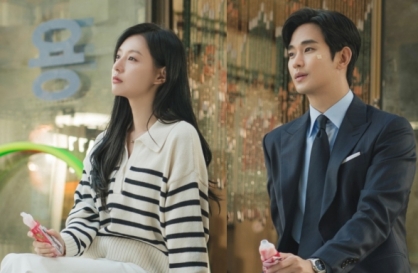
![[News Focus] Lee tells Yoon that he has governed without political dialogue](http://res.heraldm.com/phpwas/restmb_idxmake.php?idx=644&simg=/content/image/2024/04/29/20240429050696_0.jpg&u=20240429210658)
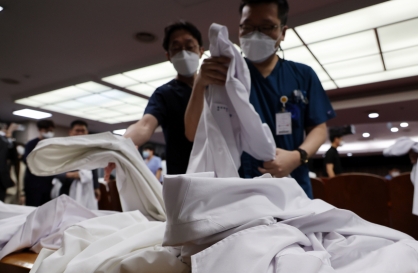



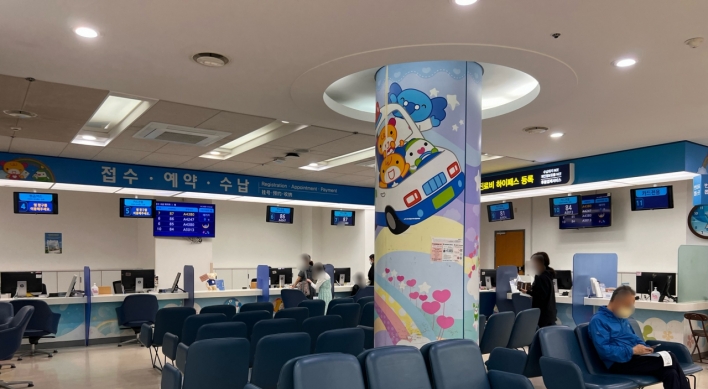
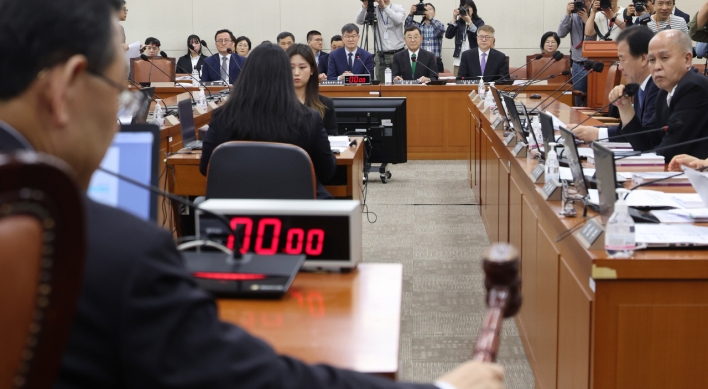

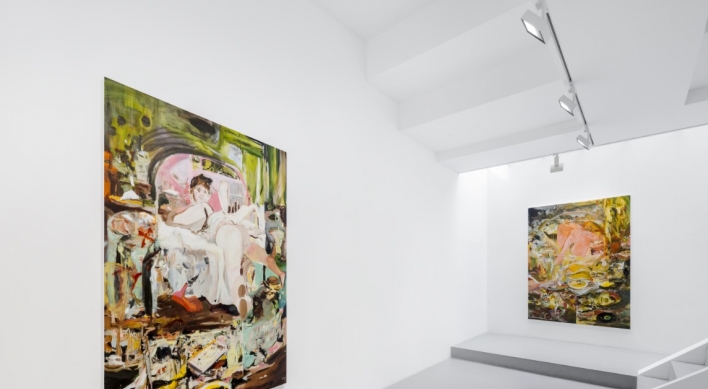
![[Today’s K-pop] Seventeen sets sales record with best-of album](http://res.heraldm.com/phpwas/restmb_idxmake.php?idx=642&simg=/content/image/2024/04/30/20240430050818_0.jpg&u=)